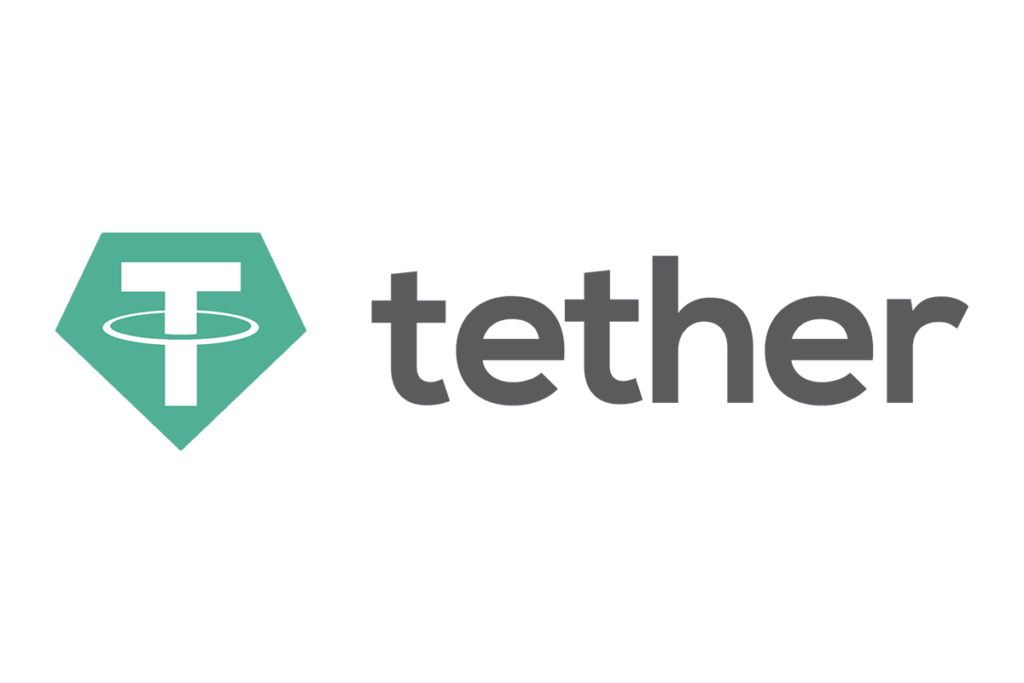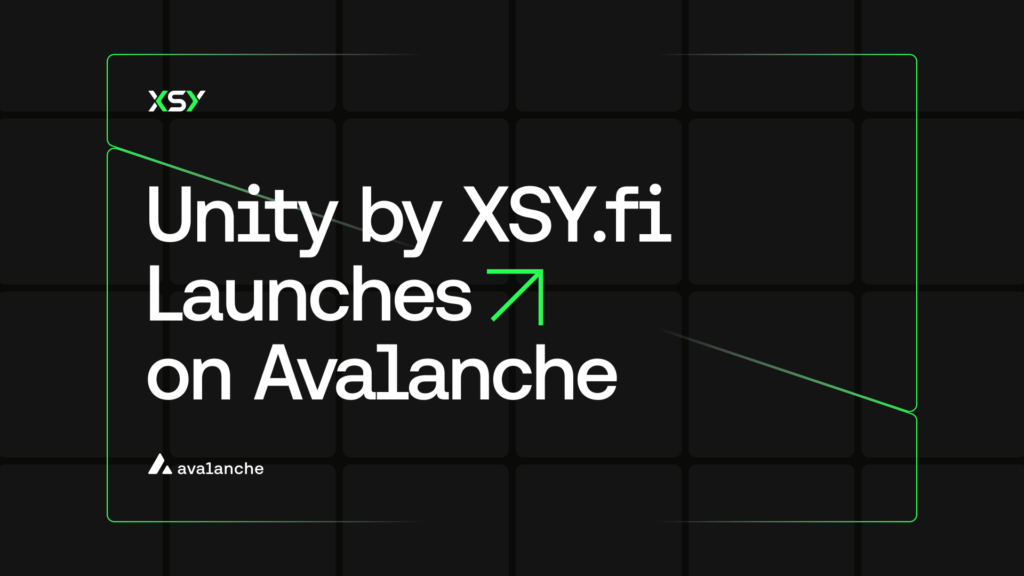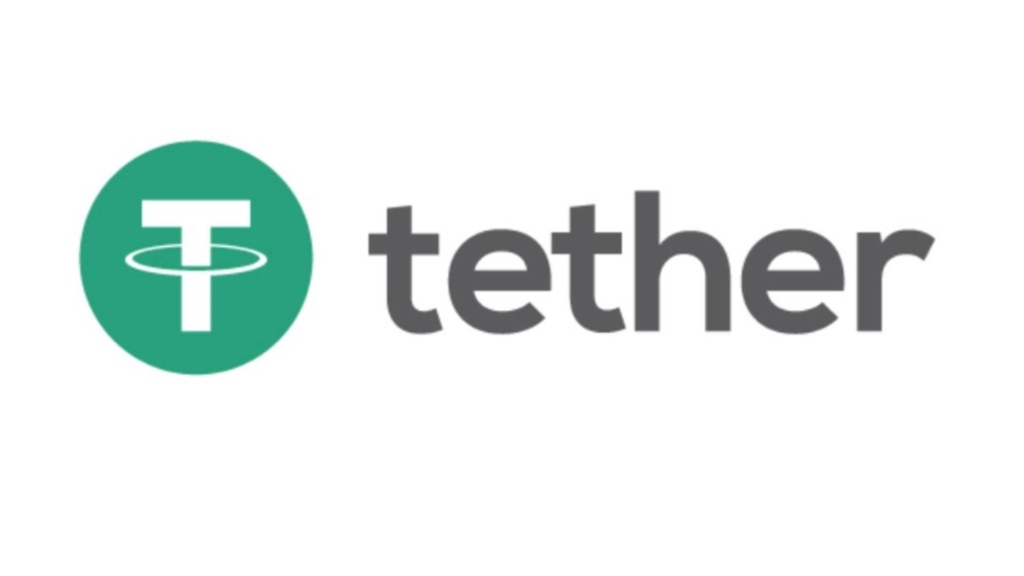Tether Holdings Limited has reported a “record-breaking” quarterly net profit of $2.85 billion in the fourth quarter of 2023.
The details are outlined in the “Consolidated Reserves Report,” which BDO audited. According to the report, interest on US Treasury securities accounted for around $1 billion of net operating profits, with the remainder attributed to the appreciation of Tether’s gold and Bitcoin reserves.
According to the report, Tether’s consolidated assets total more than $97 billion, which includes US Treasury securities, reverse repo, money market funds, Bitcoin, and gold.
Cash and cash equivalents account for 90% of the company’s assets and serve as the basis for the issuance of Tether USD (USDT).
Paolo Ardoino, CEO of Tether, emphasizes the company’s commitment to transparency, stability, and responsible financial management, stating, “Tether’s Q4 attestation underscores our commitment to transparency, stability, and responsible financial management. Achieving the highest percentage of reserves in Cash and Cash Equivalents reflects our dedication to liquidity and stability.”
Notably, Tether’s excess reserves have reached an all-time high of $5.4 billion, up $2.2 billion. Tether’s net profit for 2023 was $6.2 billion, with around $4 billion coming from net operating profits across multiple asset classes.
An additional $640 million was strategically invested in projects such as mining, AI infrastructure, and peer-to-peer telecommunications through a new segregated venture capital structure.
This approach aims to ensure that these investments have no direct impact on Tether’s token reserves, demonstrating the company’s commitment to a “more sustainable and inclusive financial future.”



